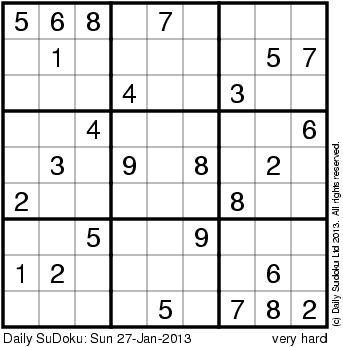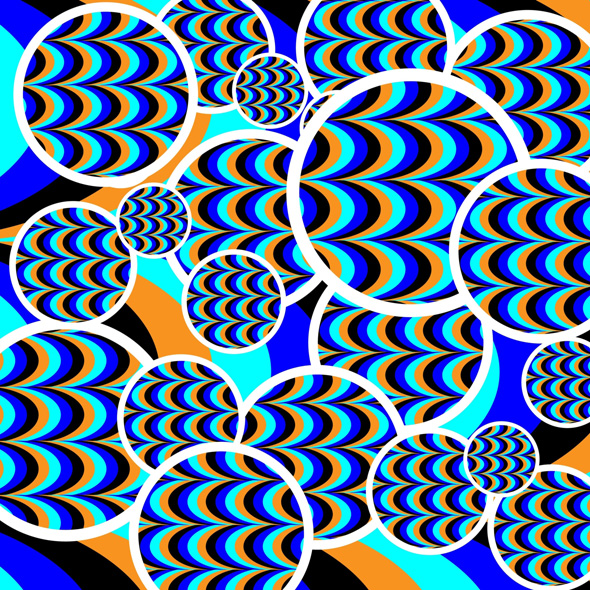via LumberJocks.com RSS Feed - All Posts http://lumberjocks.com/stefang/blog/34168
ADVENTURE SUMMARY
Against all good sense and the normal practice of creating marquetry with a wide range of different ultra thin wood veneers, I am attempting to do marquetry with thicker materials, about 3/8” thick. My reason for doing this is because right now I don’t like the idea of working with those paper thin veneers and I’m not too keen on making packets to get a lot of copies. This in no way means that I do not appreciate, respect and admire ‘proper’ marquetry. It mainly has to do my current preference, which of course is subject to change without prior notice. So the key word for my form of marquetry is ‘THICK’, a word that coincidentally is sometimes also used by the Brits to describe a persons intelligence.
Remember, this is not a tutorial, it can better be likened to a canoe trip where the guy in the boat doesn’t know how to paddle very well, isn’t familiar with the river, and hasn’t a clear destination in mind.
MAIN POINTS FOR THIS EPISODE
Most of the problems I’ve encountered so far have been mainly due to bad quality tracing patterns. These are the thin 1/16” or less thick pieces attached to the bottom of my main 3/8” thick background workpiece, and which are cut at the same time as my workpiece leaving a (hopefully) perfect copy of each cutout piece of the marquetry puzzle.
The thin copy is later detached and used to trace the cutout pattern onto the infill wood. The advantage of the thin pattern is that it is a lot easier to trace than with a thick pattern. The best and entirely satisfactory pattern piece so far has been 1/16” veneer I cut in my bandsaw. Here is a photo of the wooden pattern with some cutouts already done.

The problem with wood patterns is that it is a lot more work to saw and also wastes wood. I have therefore been looking for a substitute like a cheap thin platter or thick paper that would serve the same purpose. I bought some poster board paper early on which seemed promising, but I found that cuts with fine points and other curiosities frayed the paper making it useless as a pattern. I gave up the idea, but in the middle of the night fast asleep the good woodworking fairy appeared to me with a solution ‘REINFORCEMENT’.
I cut a piece of poster board to the right size and applied clear packing tape to both sides. This boosted my performance with 3 advantages; lubrication for my saw blade, less friction while moving the workpiece around during cutting and most importantly the stiffness and strength was now sufficient to provide a satisfactory pattern. No more fraying and not nearly as bendy. Here is pic of the paper covered in tape.

PROGRESS (or lack of) TO DATE
I did quite a few cut-outs today and I filled in a lot of the black around the legs and ear, etc. I also cut out other pieces like the beard which will also be first filled with black and then yellow leaving some of the black as a kind of outline. The same applies for the black on the legs.
I am trying to get a good cut for the eyebrows. I did the original cut with a paper pattern without the tape and it was useless. I can’t get a pencil in to mark with the narrow openings. Today I recut the eyebrows pattern through the existing cutout using just the reinforced paper pattern, but without the wood on top it didn’t work as well as hoped. Next I will use a piece of veneer and repeat the process. Here is the latest photo of work done to date.

MAIN LEARNING POINTS SO FAR
The thin pattern is critical to successfully do this kind of marquetry, unless you have a really good pattern and your cutting is good enough to do the cutout on the background piece and later the infill piece just from copies of the original pattern and obtain a satisfactory fit.
By using a pattern that is an exact replica of the original cutout the odds for getting a matching cut on the infill piece are improved by 50%,
Crafty Puzzles 








